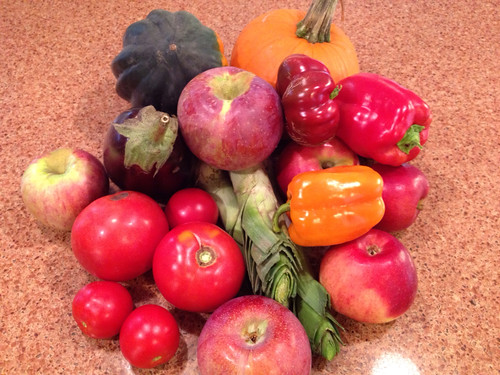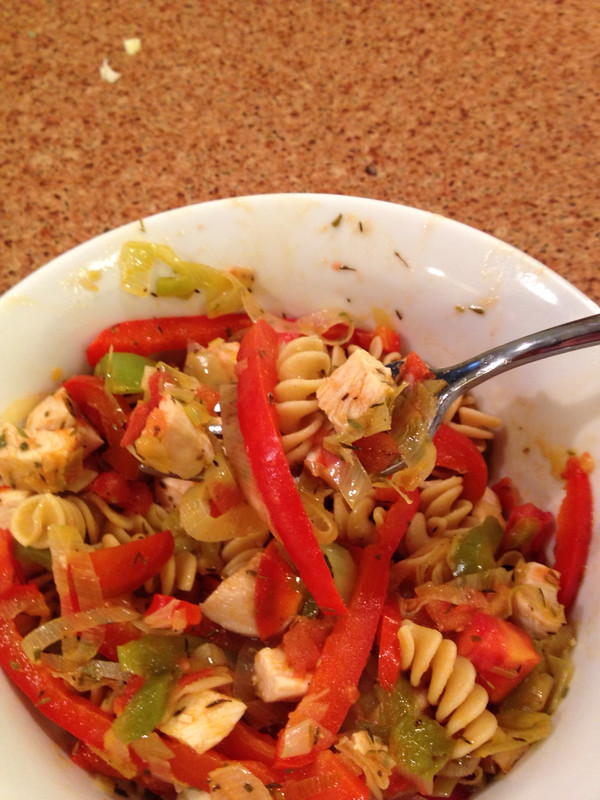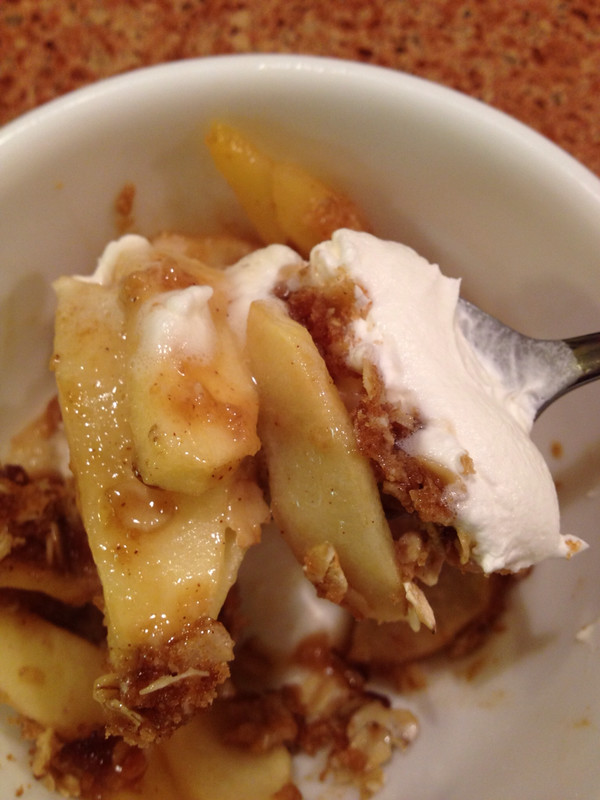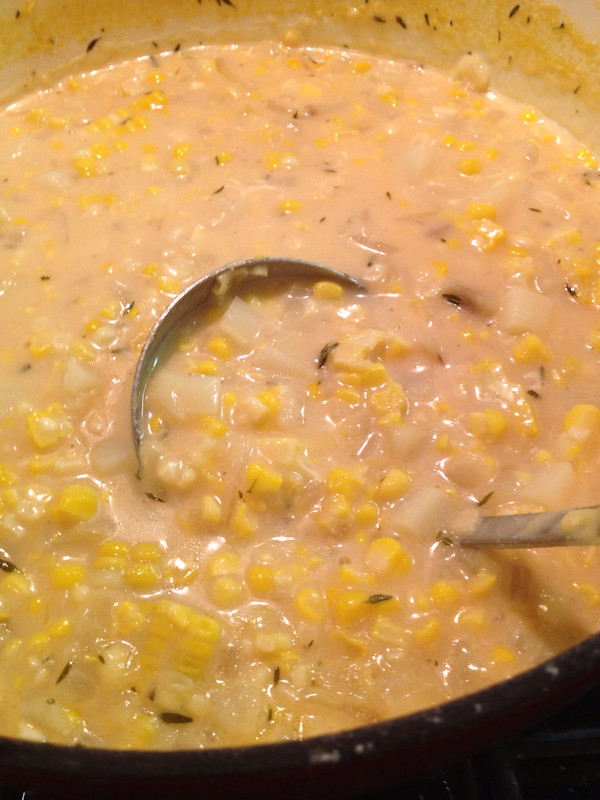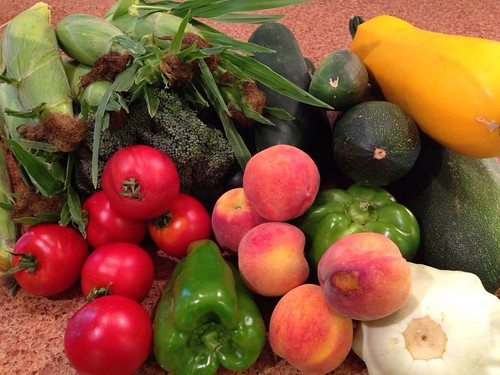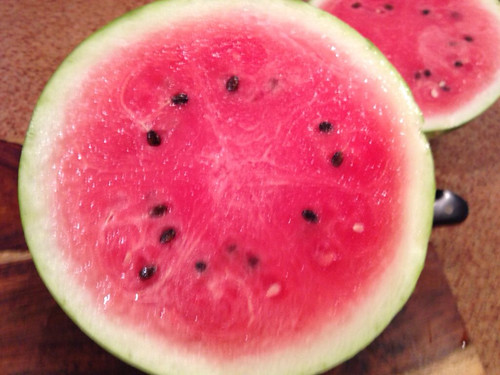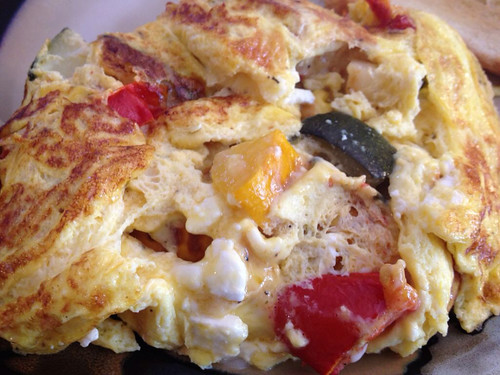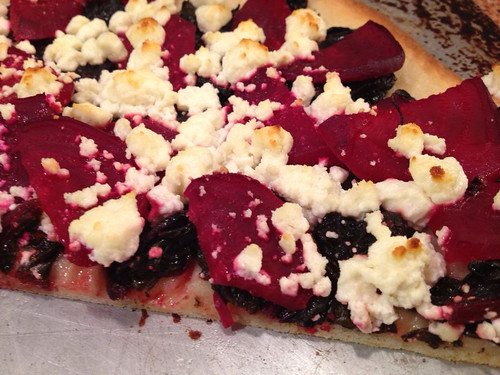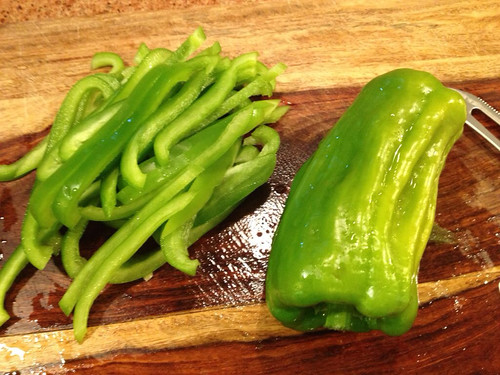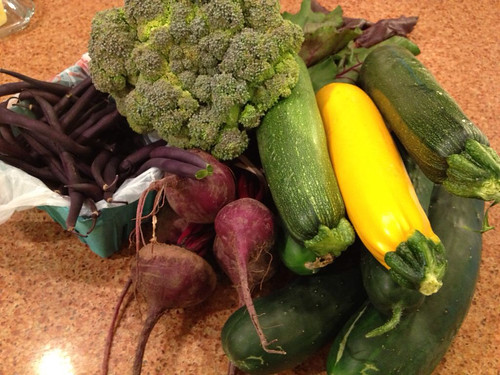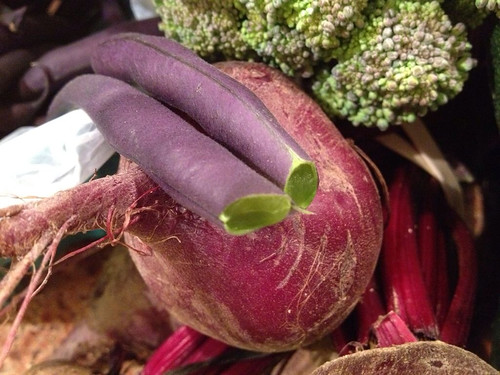Actually, a few of you have pointed out that although I raved several times last summer about my corn chowder made with my CSA corn, I neglected to ever let you in on the party by posting the recipe. My apologies. My only excuse is that I was too busy eating corn chowder to get to my blog. Man, it was great corn chowder. Admittedly, some of that greatness was probably due to the incredible corn we got from the CSA. But still, you can easily make this chowder with the frozen stuff from the grocery store. It just won't taste quite as fresh and, well, wonderful.
I believe the original recipe came from Food Network. I tweaked it a little.

Corn Chowder
Ingredients:
- 2 tbs butter
- Olive oil
- 1 onion, diced
- 2 garlic cloves, minced
- 6 sprigs fresh thyme, leaves only
- 1/4 c all-purpose flour
- 6 c canned vegetable stock (I used chicken if my vegetarian daughter wasn't home; gives it just a little extra flavor)
- 2 c whole or 1% milk (original recipe uses heavy cream; I was trying to cut fat a little)
- 2 potatoes, peeled and diced (russet work best--you want them to break down a little)
- 6 ears corn* (or a bag of frozen corn)
- salt and pepper
- 1/4 c chopped fresh parsley leaves (optional--we're not fans of parsley so I usually opted out)
Directions:
- Heat the butter and 1 tbs olive oil in a soup pot over medium heat. Add onion and cook until soft, 8-10 minutes. Add thyme leaves about halfway through. Add minced garlic right at the end--the garlic should only cook about a minute or so or it may overcook and get bitter.
- Dust vegetables with flour and stir to coat everything well. Feel free to let the flour "toast" just a hair but be careful not to let it scorch on the bottom. Pour in the stock and bring to a boil.
- Add the cream/milk and potatoes, bring to a boil and boil hard for about 7 minutes, until the potatoes break down to thicken soup.
- Cut the corn kernels off the cob and add to the soup. Season with salt and pepper and simmer until the corn is soft, about 10-12 minutes. Stir in parsley and sprinkle just a little more olive oil+ over the top just before serving.
*Recipe doesn't require corn to be cooked. However, most often I was making this with leftover corn on the cob from dinner the night before so mine was already cooked. I didn't have any problem with the corn getting mushy.
+Are you a fan of flavored olive oils? This is a good opportunity to play with one. Just make sure it's a lightly flavored one as the corn chowder could easily get overpowered with anything strong.
And a Second Recipe If You Want It: Chicken Pot Pie
And by the way, just for another little treat since I've gone awhile without doing a Food Friday--I made myself Chicken Pot Pie last night. Very tasty! It took longer than the recipe said, so allow a little over an hour total for making this. I added some thyme and ground sage, although I don't think it really needs it.
Boy, do I wish I owned ramekins, though. Would've been better to be able to make single servings of this since I'm the only one in the house that eats it. Now I'll be reheating the leavings in the pie plate. For days.

